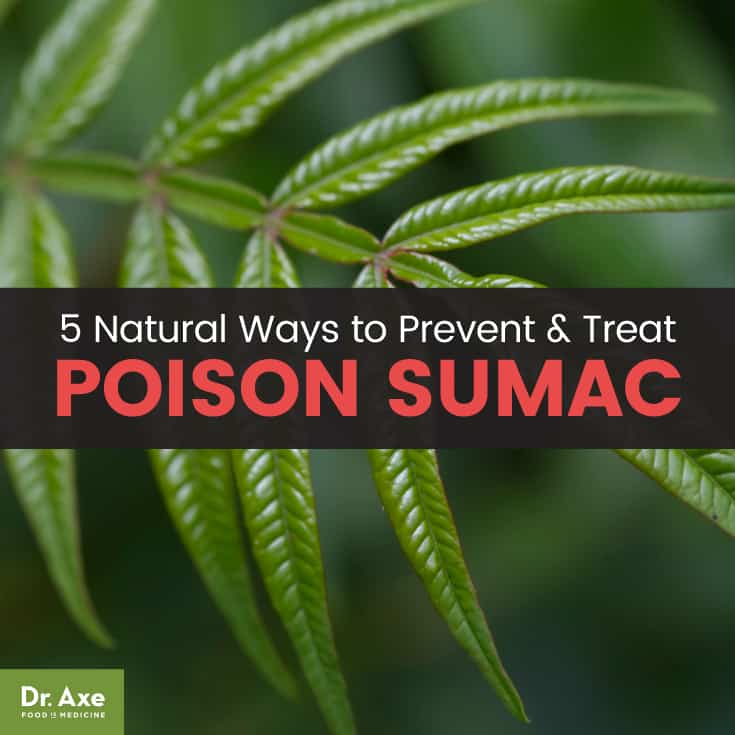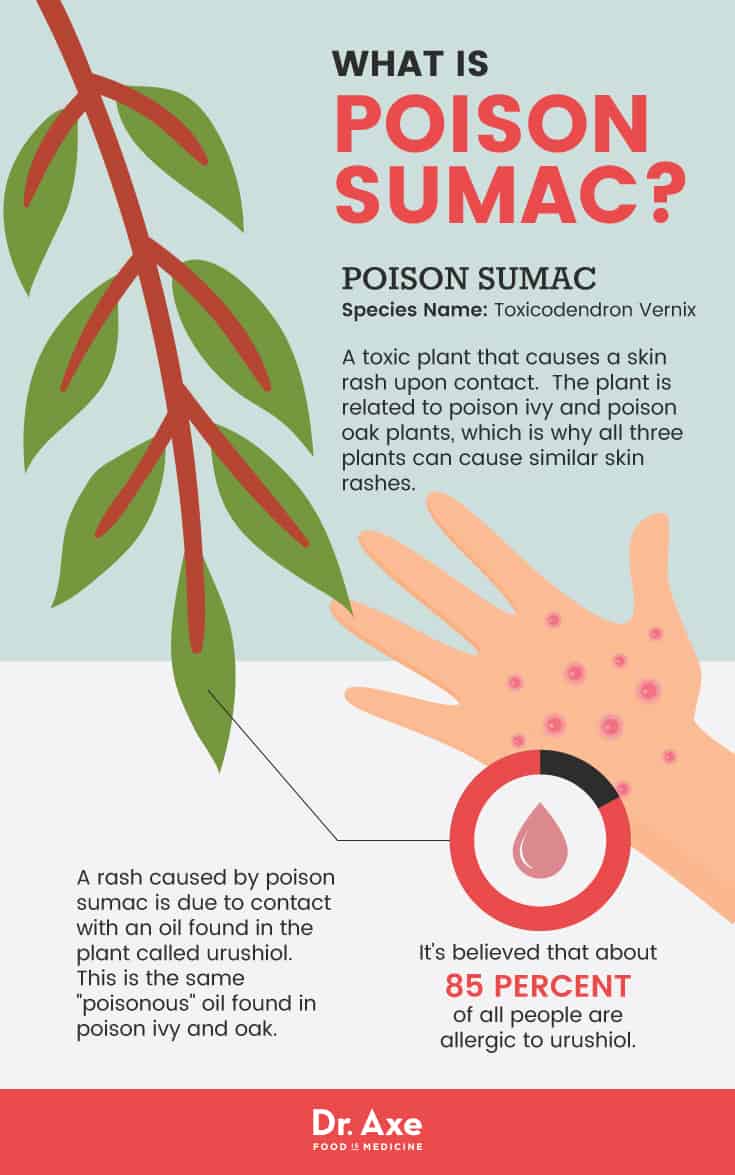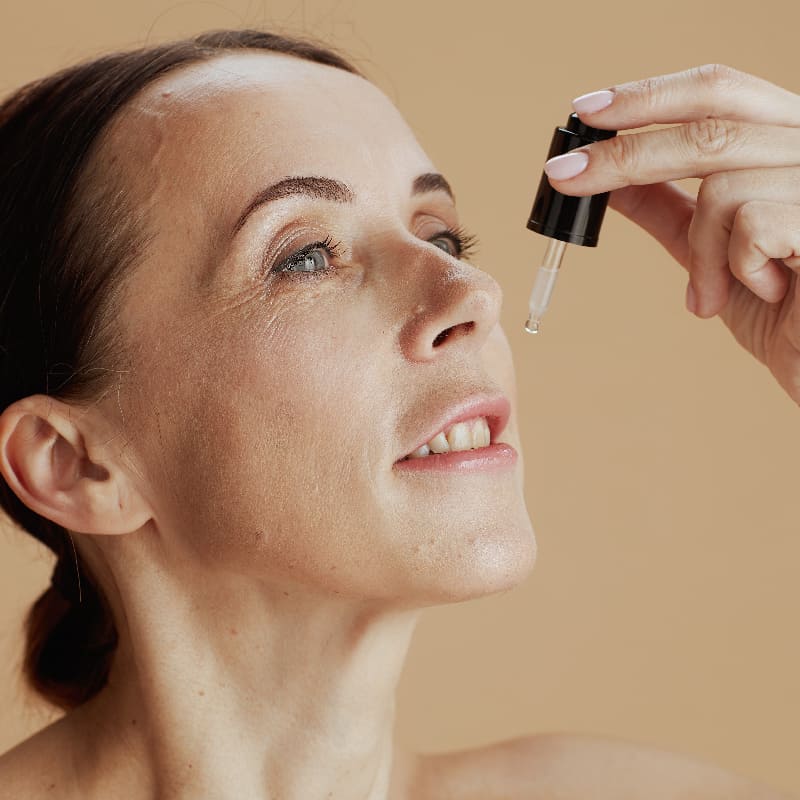This Dr. Axe content is medically reviewed or fact checked to ensure factually accurate information.
With strict editorial sourcing guidelines, we only link to academic research institutions, reputable media sites and, when research is available, medically peer-reviewed studies. Note that the numbers in parentheses (1, 2, etc.) are clickable links to these studies.
The information in our articles is NOT intended to replace a one-on-one relationship with a qualified health care professional and is not intended as medical advice.
This article is based on scientific evidence, written by experts and fact checked by our trained editorial staff. Note that the numbers in parentheses (1, 2, etc.) are clickable links to medically peer-reviewed studies.
Our team includes licensed nutritionists and dietitians, certified health education specialists, as well as certified strength and conditioning specialists, personal trainers and corrective exercise specialists. Our team aims to be not only thorough with its research, but also objective and unbiased.
The information in our articles is NOT intended to replace a one-on-one relationship with a qualified health care professional and is not intended as medical advice.
Natural Poison Sumac Prevention & Treatment
November 22, 2017

If you spend time along rivers or lakes in the southern or northeastern parts of the U.S., be sure to watch out for poison sumac. Poison sumac is considered a much rarer plant compared to poison ivy (but it is more poisonous). So depending on where you live, you probably have much less of a risk of coming into contact with it frequently. Sumac shrubs are bigger and taller than poison ivy and poison oak plants, which grow as winding vines or short shrubs. (1)
A rash caused by poison sumac is due to contact with an oil found in the plant called urushiol. This is the same “poisonous” oil found in poison ivy and oak. It’s believed that about 85 percent of all people are allergic to urushiol. Many people don’t realize that skin rashes caused by poisonous plants are due to an allergic reaction, specifically the type called contact dermatitis. (2)
How long does it take for a poison sumac rash to develop? After you have contact with urushiol, a red rash will typically form on your skin within 24 to 72 hours. The rash can appear anywhere on your body where the plant’s oils have touched, most commonly your hands, feet or legs. If you do develop a poison sumac skin rash, there are certain things you can do to help soothe your skin and reduce itching while you’re healing, including applying a cool compress to the skin, using calamine lotion and applying essential oils.
What Is Poison Sumac?
Poison sumac (species name Toxicodendron vernix) is a toxic plant that causes a skin rash upon contact. The plant is related to poison ivy and poison oak plants, which is why all three plants can cause similar skin rashes.
What does a poison sumac tree look like?
- Poison sumac trees are small woody shrubs that can grow up to about 9 meters tall (or over 29 feet). They can be found growing in wet or marshy areas, such as all along the east coast of the United States, especially the Northeast or the Deep South. (3)
- Poison sumac thrives only in very wet habitats, so it is usually found growing along rivers, lakes, streams or canals.
- Poison sumac plants have red stems and bright green leaves, sometimes which have a small leaflet (an extra little leaf) growing on the side. Poison sumac leaves grow in clusters of seven to 13 leaves. They usually have one leaf at the end of the branch that sits by itself. Sumac leaves have smooth edges and are not saw-toothed, which distinguishes them from related plants.
- Red stems branch off of the main trunk of the plant. Sumac berries can also grow in bunches near the plant’s main branches. Sumac berries are usually green during the summer and yellow-white during the winter.
- Urushiol can be picked up from touching any and all parts of poison ivy, poison sumac and poison oak plants.

Poison Sumac Reaction Signs & Symptoms
The most noticeable symptom associated with contacting a poison sumac tree or shrub is developing a red, itchy skin rash. Signs and symptoms of a poison sumac rash can include: (4)
- Developing patches or streaks of red, raised blisters.
- Itchiness and skin dryness.
- Redness, tingling, heat or swelling of your skin.
- After several days, blisters developing that fill with fluid and can sometimes ooze. These may form scabs as they heal and can sometimes leave behind scarring or discoloration.
- Changes in skin color, such as blisters forming that have a yellow or orange tint.
- Increased sensitivity to the sun, heat or cold.
How long will a poison sumac rash last? Most people will have an active rash for about one to three weeks. Within a week of spotting the first signs of a rash you can expect the rash to “peak” and be at its worst. You might experience redness, swollen skin, itchiness, blistering or scabbing for up to three weeks. The rash itself is not contagious and the rash doesn’t usually spread for more than a week unless you come into contact with urushiol again.
Causes & Risk Factors for Developing a Poison Sumac Rash
Poison sumac rashes are triggered by urushiol oil, which is, unfortunately, a very resilient oil that can remain active for months when it spreads to fabrics or household equipment. The most common way to get a poison sumac rash is to directly touch the plant. A reaction can be triggered within minutes, often without you even realizing it.
What are some of the risk factors for developing a poison sumac rash? These include: (5)
- Spending time outdoors in wet, marshy areas, especially if much of your skin is exposed.
- Working in agriculture and/or forestry.
- Being an “outdoor enthusiast,” such as camping or hiking along trails.
- Having eczema, allergies or sensitive skin (usually fair, easily sunburned and prone to rashes).
- Having family members who are allergic to the plant or who have had reactions in the past.
Having a history of strong allergies or weakened immune system due to other medical conditions, like autoimmune disorders.
Many different surfaces, materials and tools can harbor urushiol oil long after it has left a poisonous plant. Things around your home that might contain small amounts of urushiol, which is still enough to cause an allergic reaction upon contact, include:
- Gardening equipment, like gloves or shovels or garden hoses
- Cotton clothing, hats, shoes, socks or other clothing
- Pet fur
- Furniture
- Doorknobs
- Sports equipment

Conventional Treatments for Poison Sumac Reactions
If you develop a mild or moderate rash due to poison sumac, then you won’t necessarily need to visit a doctor or seek any specific treatment. However, there are times when you will want to see your doctor for help, such as if the rash becomes very severe, swollen or appears close to your eyes.
Doctors will sometimes prescribe antihistamine medications or even steroids to patients with severe skin rashes in order to control their immune system’s reaction. Certain medications can help control swelling and itching and might make the rash go away a bit quicker. (6) When someone shows signs of being severely allergic to poison sumac then a corticosteroid shot, such as prednisone or triamcinolone, or creams containing hydrocortisone or other antihistamine ingredients, may be prescribed.
Can you get poison sumac more than once? Yes, and even using medications that your doctor might prescribe won’t guarantee that a rash will not return at a later time if you have contact with urushiol again. It’s common to get a rash from poison ivy, oak or sumac more than once. If you know you are highly allergic to urushiol and have a strong reaction, then it’s a good idea to visit your doctor as soon as you suspect a rash is starting to develop in order to keep it from becoming very bad.
5 Natural Ways to Prevent & Treat Poison Sumac
- Remove suspicious plants from your home.
- Cover up exposed skin.
- Wash your skin ASAP after contact.
- Disinfect clothes and equipment.
- Soothe your rash.
1. Watch Your Surroundings & Remove Suspicious Plants From Your Home
There are certain things you can do to help control poisonous plants from growing around your home. You can smother the plants by cutting them close to the ground and then covering them with newspaper or mulch. The dead plants are still poisonous, so be careful when removing them.
If you choose to dig the plants up and throw them out, be sure to cover up all of your skin while doing this and then to thoroughly clean all the equipment you use. Try to remove the plant’s roots as much as possible so they won’t easily grow back. If you know you’re highly allergic to poison sumac or other related plants, then it’s smart to have someone else do the digging, since there’s a good chance that you may be exposed to even a tiny amount of urushiol in the process.
It’s not a good idea to burn poison sumac, ivy or oak plants. That’s because urushiol can remain in the air and travel through smoke, aggravating your eyes, nasal passages and respiratory tract.
I also don’t recommend using herbicides as these products contain dangerous chemicals such as glyphosphate.
2. Cover Up Exposed Skin
The best way to prevent a poison sumac reaction is to keep your skin covered up so you don’t have any direct contact with urushiol. Whenever you’re outside in any area that might have poisonous plants (especially wet marshy areas along bodies of water) such as if you’re camping, gardening or hiking, then try to wear a long-sleeved shirt, long pants, gloves and closed shoes.
3. Wash Your Skin ASAP After Contact
Urushiol will start to seep into your skin or clothing right away following contact. However, you should have several minutes after contacting urushiol to wash it off of your skin before you have a reaction — assuming that you aren’t very sensitive or allergic. (7) Whenever you suspect that you’ve made contact with urushiol from poison ivy, oak or sumac immediately wash your skin with warm water and soap. Experts recommend that you don’t use a washcloth or towel since it’s possible that some urushiol may linger on the fabric.
There are now commercial washes available that claim to be stronger than ordinary soap when it comes to killing urushiol. They usually contain active ingredients including alcohol, acetone and other chemicals. There isn’t consensus over whether these products really work much better than regular soap. Keep in mind, however, that using these products still won’t guarantee that you are protected from having an allergic reaction.
In most cases using hand soap, laundry detergent and body wash/soap work well enough for most people to remove urushiol. If you are somewhere where water and soap is not available (such as if you’re camping or hiking), then using rubbing alcohol or alcohol wipes can help remove urushiol from your skin.

4. Clean/Disinfect Clothes & Equipment
Poison sumac’s oils can linger on tools and clothing for long periods of time. This means a rash can easily spread even if you aren’t directly touching the plant. If you pick up gloves, shoes or gardening tools that have urushiol on them and haven’t been washed, then you may get a skin reaction or prolong a rash you already have.
Make sure to wash anything right away that may have been exposed to poison sumac, including: gardening gloves, shovels or other gardening equipment, a hose, handles of a wheel barrel or bucket/pail, socks, shoes, hats, etc. You can use some kitchen or bathroom cleaner on door knobs you may have touched, or other surfaces in your home just to be on the safe side.
5. Soothe Your Rash & Then Leave It Alone
It’s tempting to pick or scratch a poison sumac rash, but this can actually make the rash worse and increase your risk of scarring or developing an infection. Try to keep your skin clean, dry and cool. Avoid scratching your skin as much as possible. And consider wearing gloves to bed if you find yourself scratching in your sleep.
Experts usually recommend applying an over-the-counter (OTC) antihistamine product to itchy skin, such as pink calamine lotion. Calamine lotion has a cooling, soothing effect that can distract you from itchiness. It’s safe to use up to four times daily and be left on your skin to dry overnight while you sleep. Most doctors will recommend using calamine lotion until oozing stops and then letting your skin heal so you don’t remove too much moisture. Other similar products you can use are creams or pills that contain the antihistamine ingredients diphenhydramine or hydrocortisone, which are available as creams or tablets.
Some people also find relief from using natural treatments on skin rashes caused by poisonous plants, such as essential oils or even tea leaves. Natural remedies that may help treat a poison sumac rash include:
- Lavender essential oil or oregano essential oil, diluted with coconut oil and applied to the skin to soothe irritation and fight infection.
- Apple cider vinegar, raw honey, baking soda or even brewed/chilled black tea. You can dab a clean cloth into these products and then gently apply to inflamed skin to help reduce irritation. It’s also possible to make a paste out of baking soda that can help to dry up fluid-filled blisters. However, do not apply these ingredients to broken or bleeding areas of the skin.
- Colloidal oatmeal, which helps to dry skin and stop oozing. Other ways to use colloidal oatmeal include buying creams that contain oatmeal extract or soaking in a bath with dissolved colloidal oatmeal.
- Aloe vera, which helps to reduce irritation and may help prevent discoloration and scarring
- Bentonite clay, which can help to dry skin blisters and reduce itching.
If your skin becomes very swollen and uncomfortable, then gently apply a cool compress to your skin, such as a clean cotton cloth that has been soaked in cold water or kept in the refrigerator. Taking a cool bath with baking soda or colloidal oatmeal is another way to reduce irritation and soothe the skin.
Precautions Regarding Poison Sumac
Generally speaking, an allergic reaction to poison sumac is not a very serious problem and doesn’t usually require much treatment. There are times when you should get help right away, though, and even head to the emergency room if you have a severe reaction.
Signs and symptoms of a strong allergic reaction to poison sumac (or poison ivy or oak) include:
- a widespread rash that covers a large portion of the body
- nausea and vomiting
- fever
- feeling faint
- shortness of breath
- extreme soreness and aches
- swollen lymph nodes
It’s best not to wait for these symptoms to pass on their own, but rather to get help and a prescription for medications, if needed.
Poison Sumac Key Points
- Poison sumac (species name Toxicodendron vernix) is a toxic plant that causes an itchy, red skin rash. An allergic reaction to the plant’s oil called urushiol is the cause for the rash.
- Poison sumac is related to poison ivy and poison oak plants, which is why all three plants can cause similar skin rashes. Poison sumac rashes are much more rare because the plant is not as widespread.
- Poison sumac shrubs and trees usually grow in wet, marshy areas along big or small bodies of water in the Northeast and the southern U.S.
- Poison sumac plants have red stems and bright green leaves. The leaves grow in clusters of seven to 13 leaves. They usually have one leaf at the end of the branch that sits by itself.
5 Natural Ways to Prevent & Treat Poison Sumac
- Observe your surroundings and remove suspicious plants from your home.
- Cover up exposed skin
- Immediately wash skin after contact
- Disinfect exposed tools and clothes
- Apply soothing ingredients to your skin such as calamine lotion, colloidal oatmeal, or coconut oil and essential oils.










